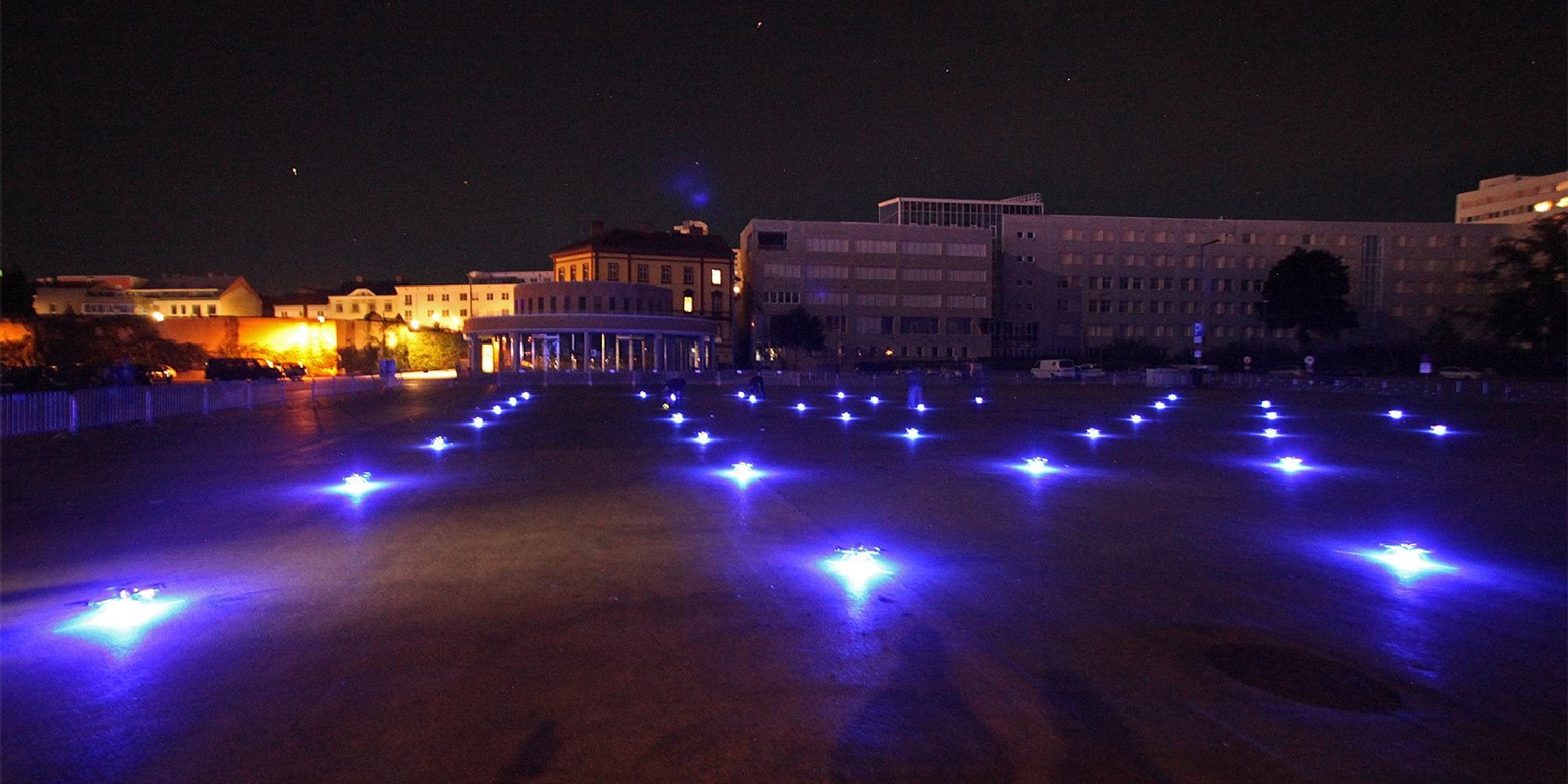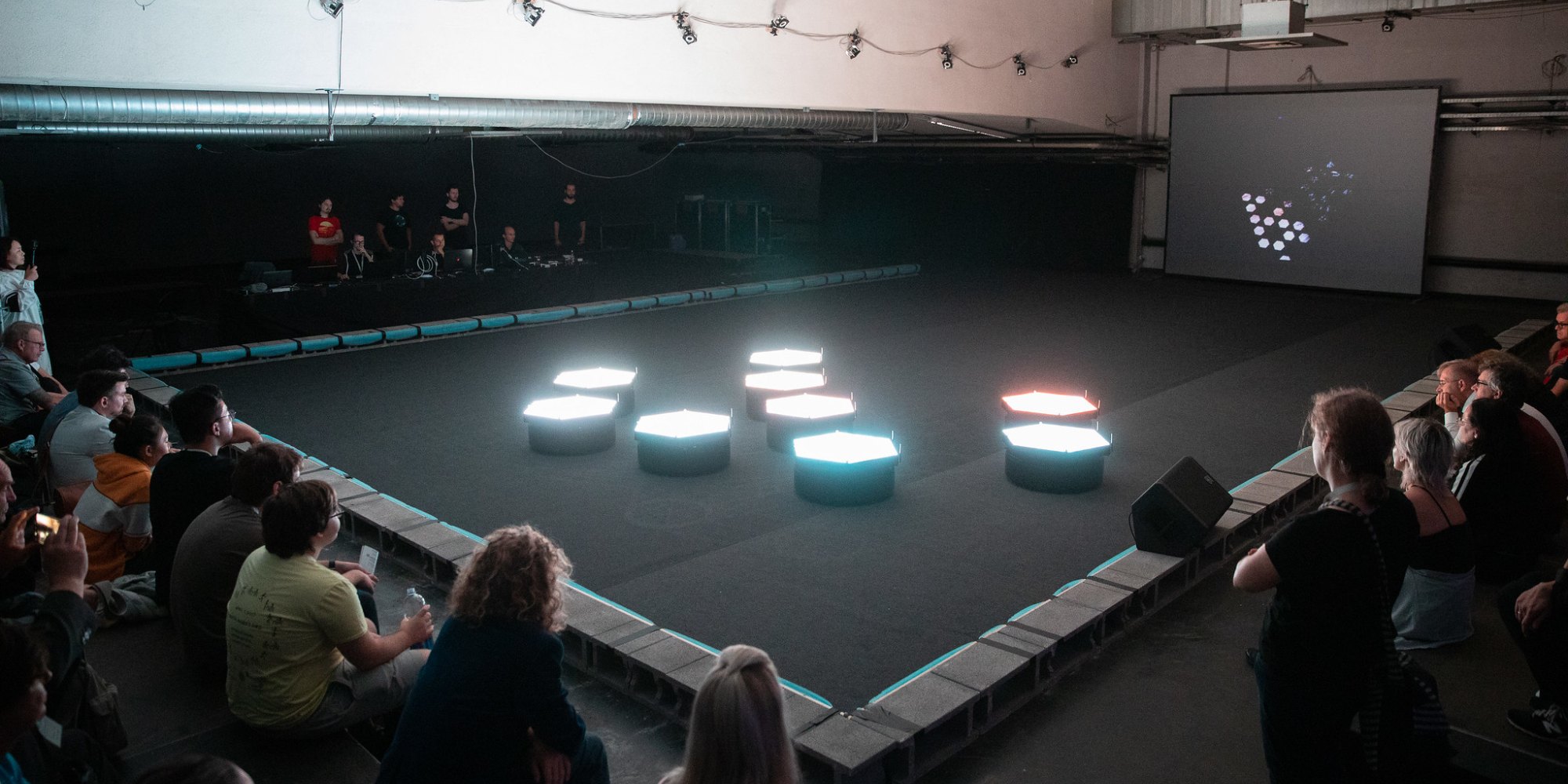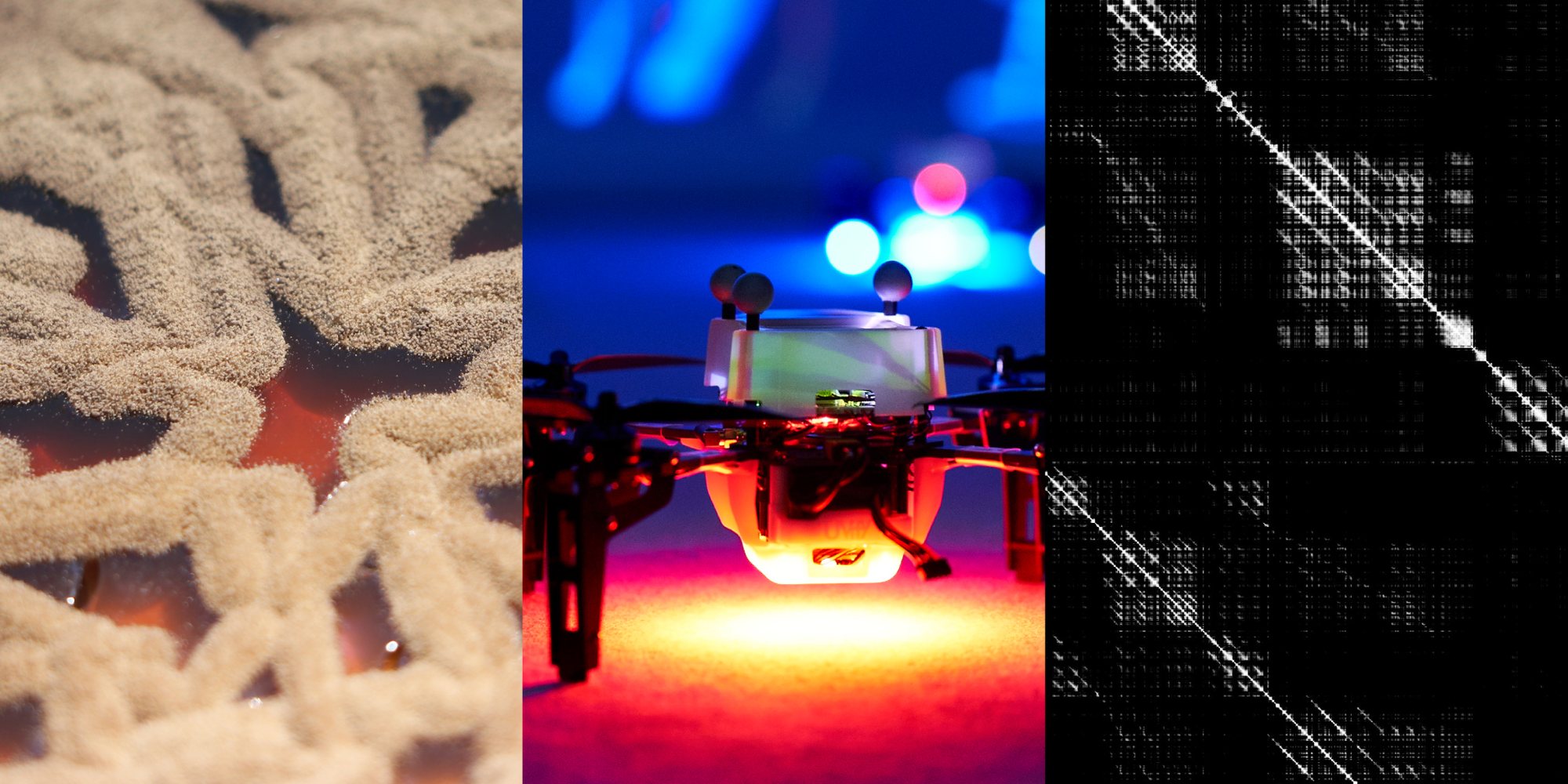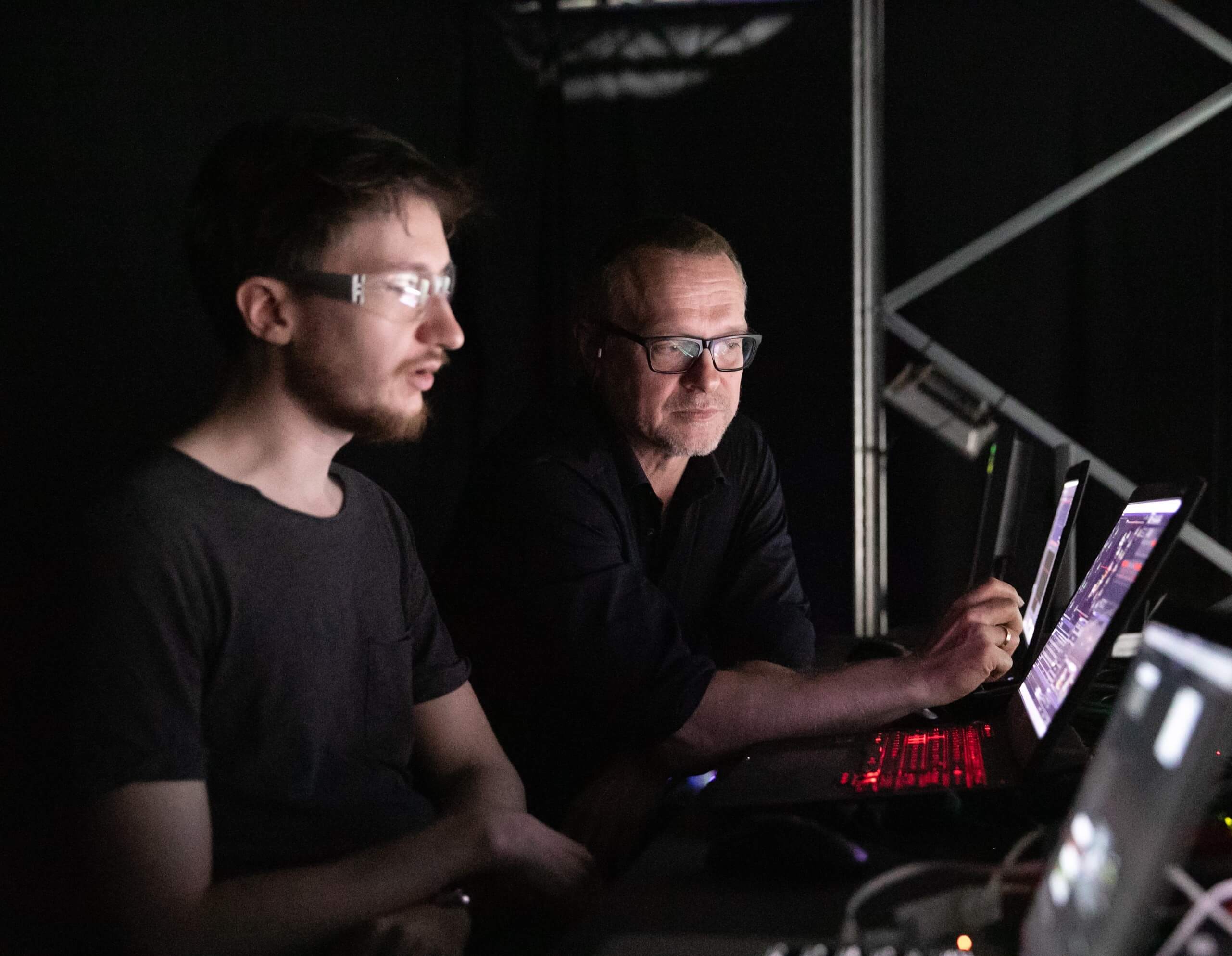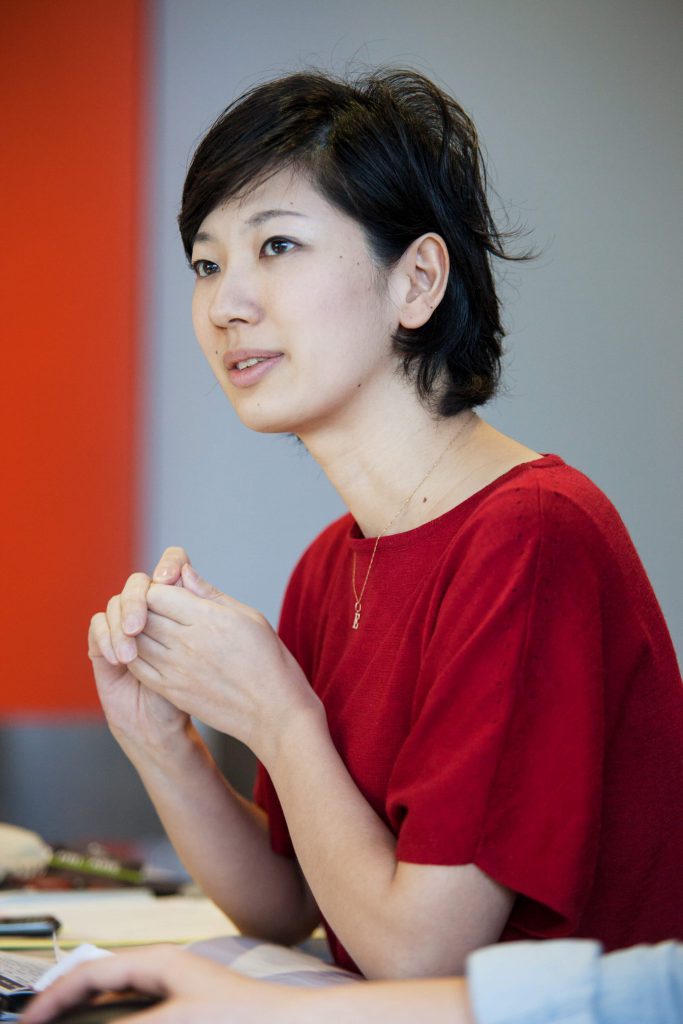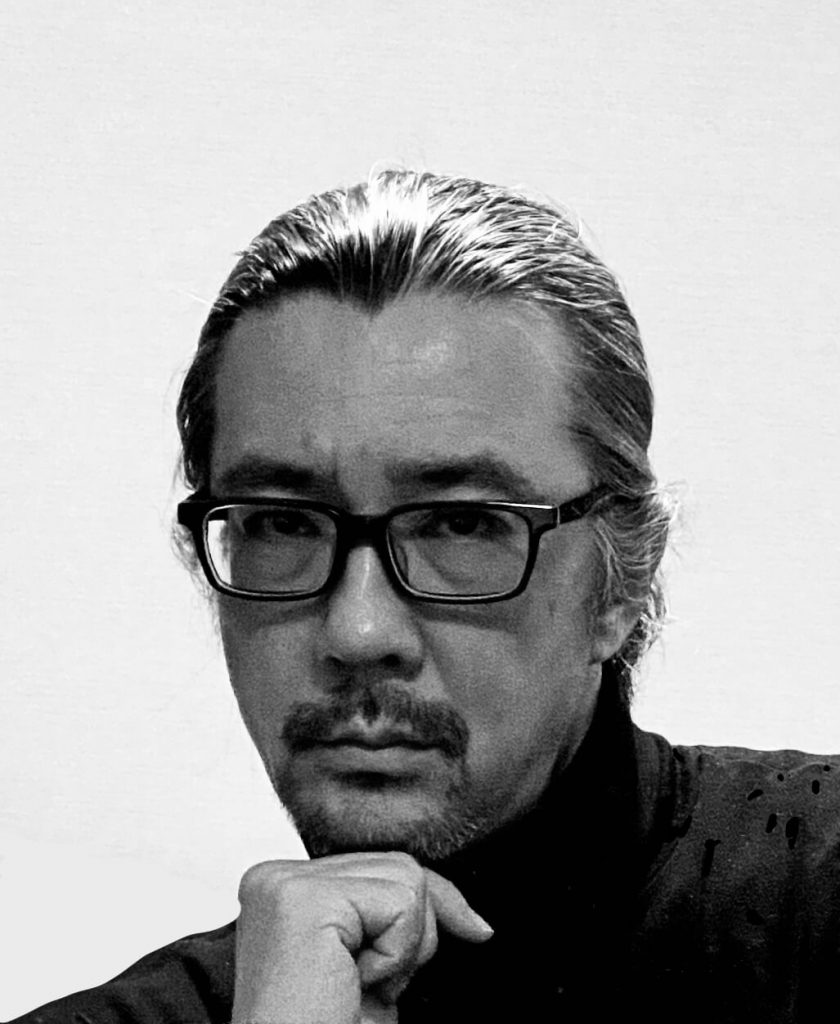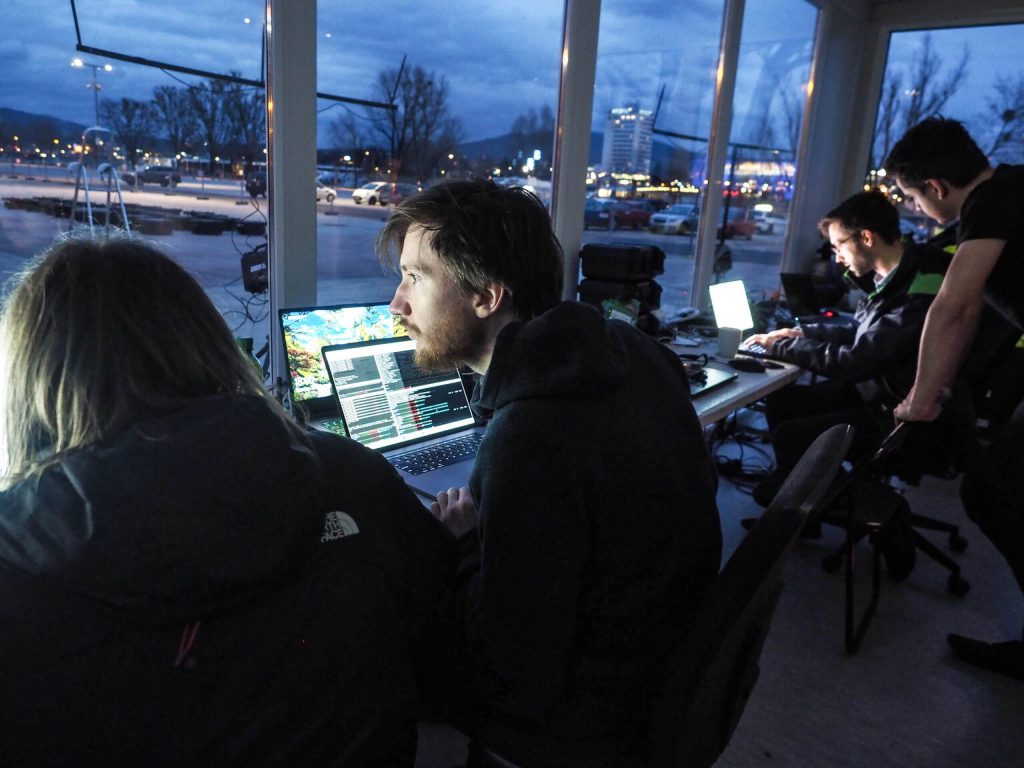Klangwolke ABC
People create their own characters equipped with a radio receiver and LEDs, enabling them to communicate and collaborate with others on the day of the voestalpine Klangwolke in Linz – forming words or entire phrases wandering at the Danube shoreline.
read more
